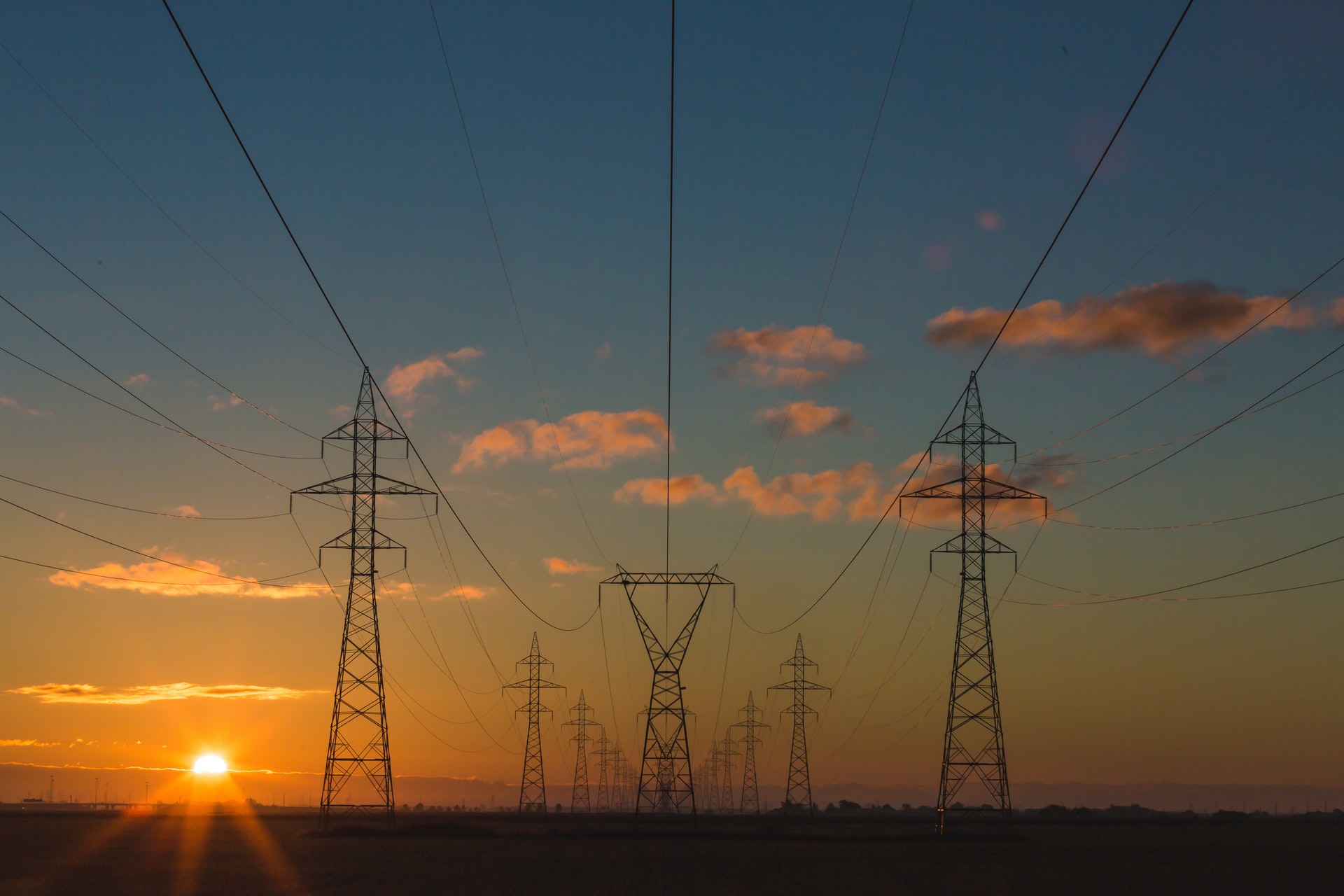 New Electricity Amendment Bill will be boon for all the end users and other companies in the supply chain.
New Electricity Amendment Bill will be boon for all the end users and other companies in the supply chain.
09 Aug, 2022
09 Aug, 2022
21
0
The main highlight of the bill
- The bill will make it possible for private companies to enter the distribution business.
- It will also allow consumers to choose their preferred power distributor, similar to how we do in telecom.
- Farmers will continue to receive subsidies.
- Generators that generate electricity by using power plants
- Transmission lines that carry electricity from power plants to state distribution companies.
- State Power Distribution companies then provide electricity to our businesses and homes.
Why we don’t get electricity despite having a power surplus?
Currently, India is a power surplus but we still not getting 24/7 power everywhere in our country. What is the reason for this?
To understand this let us know how DISCOM is functioning.
We all know that most of our homes and businesses still get their electricity from state-owned distribution companies. Power is primarily purchased by the state-owned DISCOM from generation companies. They purchase power on long-term contracts. Assume they enter into a contract with, say, NTPC to purchase 1000 MW of electricity every day. As a result, they will have to pay NTPC based on this. Assume that the distribution companies can only sell 800 MW of electricity. The reason for selling less electricity could be due to poor infrastructure, improper maintenance of power lines, inability to solve electricity problems on time, and so on.
They can't buy 1000 MW of electricity every day and sell 800 MW to end users, as they can with other commodities. We cannot store electricity. As a result, NTPC must shut down their plants for some duration in a day in order to produce only 800 MW of required power. DISCOM did not use 200 MW of electricity, but keep in mind that they have already signed a contract to buy 1000 MW on a daily basis. So they must book this loss in their books. Their losses have accumulated over the years as a result of this issue. To cover these losses, they continue to take loans and strain their balance sheet.
One solution is to sell the surplus energy of 200 MW and enter into contracts with states that have a power deficit. However, another issue is that this 200 MW is a long-term contract with higher fees. A state with a power deficit always attempts to purchase electricity through short-term contracts, which are generally less expensive.
Another reason DISCOM is losing money is that the government frequently announces during elections that they will waive electricity charges for farmers if they win. As a result, all losses are recorded in the DISCOM books once more.
New Electricity Bills
The new electricity bill aims to address DISCOM's long-term problems. They intend to privatize DISCOM. Once completed, all of our power issues will be resolved. We will all have access to electricity 24 hours a day, seven days a week. We will be able to select a power distributor based on how much it charges per unit bill. Companies will compete in the same way that we have seen in the telecom sector. In this world, competition is the only way to bring about efficiencies.
This new electricity bill will not only solve the problem for end users, but also for power generation companies like NTPC that are not receiving timely payments from DISCOMs, transmission line companies like Sterlite Power, and so on.

